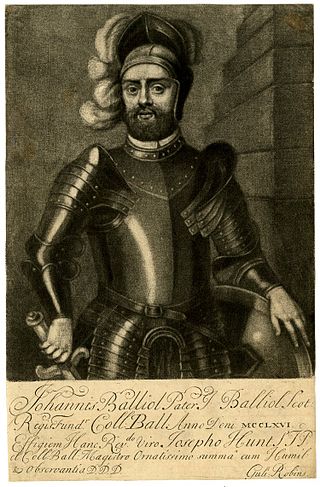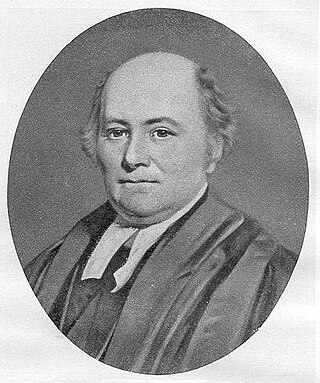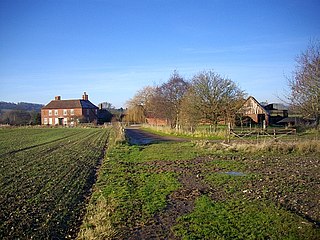Related Research Articles

John Balliol or John de Balliol, known derisively as Toom Tabard, was King of Scots from 1292 to 1296. Little is known of his early life. After the death of Margaret, Maid of Norway, Scotland entered an interregnum during which several competitors for the Crown of Scotland put forward claims. Balliol was chosen from among them as the new King of Scotland by a group of selected noblemen headed by King Edward I of England.

The House of Balliol was a noble family originating from the village of Bailleul in Picardy. They held estates in England, granted during the reign of King William Rufus. Through marriage, they had claims to the Throne of Scotland. One member of the family, John Balliol, was named King of Scotland after the disputed succession following extinction of the Dunkeld line. John was deposed, leading to the First War of Scottish Independence. His son, Edward Balliol, also briefly controlled the Scottish throne during the Second War of Scottish Independence. Edward had no issue, and the direct line went extinct with him.

John de Balliol was an English nobleman, belonging to the House of Balliol. Balliol College, in Oxford, is named after him.
Robert II de Ferrers, 2nd Earl of Derby was a younger, but eldest surviving son of Robert de Ferrers, 1st Earl of Derby and his wife Hawise. He succeeded his father as Earl of Derby in 1139. He was head of a family which controlled a large part of Derbyshire including an area later known as Duffield Frith.

John Comyn II of Badenoch, nicknamed the Black Comyn, was a Scottish nobleman, a Guardian of Scotland, and one of the six Regents for Margaret, Maid of Norway. His father was John Comyn I of Badenoch.
Malcolm Fleming, Earl of Wigtown was the son of Robert Fleming, a Stewart vassal and holder of the lands of Fulwood and Cumbernauld, who died sometime before 1314. He was the "foster-father" of King David II of Scotland and became the first man to hold the title Earl of Wigtown.
Robert II de Brus, le Meschin was a 12th-century Norman noble and 2nd Lord of Annandale. He was the son, perhaps the second son, of Robert de Brus, 1st Lord of Annandale.

Sir Roger Townshend, 1st Baronet, was an English landowner and politician who sat in the House of Commons in two parliaments between 1621 and 1629.
Guy I de Balliol was a Picard baron who was granted land in northern England in the late eleventh century. In the 1090s, he was established in the north of England by King William Rufus, as part of King William's carve-up of the forfeited earldom of Northumberland.
Bernard I de Balliol, the second-known-ruling Balliol of his line, was a twelfth-century Anglo-Picard baron based for much of his time in the north of England, as well as at Bailleul-en-Vimeu close to Abbeville in northern France. He was the nephew and next known successor of Guy I de Balliol, the first Balliol in England.
Bernard II de Balliol was the fourth and youngest son of Bernard I de Balliol, lord of Balliol and Barnard Castle. Bernard appears to have succeeded his older brother Guy II de Balliol to the Balliol estates sometime between the early 1160s and 1167.
Eustace de Balliol was the cousin and successor of Bernard II de Balliol, lord of Balliol and Barnard Castle. He was the lord of Hélicourt in Picardy, an estate near the chief seat of the main Balliol line at Bailleul-en-Vimeu; after his cousin died childless, in 1190 Eustace de Helicourt took over those estates and remarried.

Hugh de Balliol, Lord of Bywell, Barnard Castle and Gainford, was an English nobleman. He was the son of Eustace de Balliol and Petronilla FitzPiers. Balliol was a supporter of King John of England during the Barons Wars of 1215–17.

The Gaisford Prize is a prize in the University of Oxford, founded in 1855 in memory of Dr Thomas Gaisford (1779–1855). For most of its history, the prize was awarded for Classical Greek Verse and Prose. The prizes now include the Gaisford Essay Prize and the Gaisford Dissertation Prize.
Ealdgyth, also Aldgyth or Edith in modern English, was a daughter of Ælfgar, Earl of Mercia, the wife of Gruffudd ap Llywelyn, ruler of all Wales, and later the wife and queen consort of Harold Godwinson, king of England in 1066. She was described by William of Jumièges as a considerable beauty.

Henry Bright was a clergyman and schoolmaster in Worcester. He served for 38 years Headmaster at The King's School, Worcester, and is mentioned by Thomas Fuller and Anthony Wood as an exceptional teacher, particularly of Latin, Greek and Hebrew. The period was at the height of Neo-Latin writing and Latin medium teaching. Many of his pupils are notable for their faculty in Latin and Greek and their impact on theological matters.
Château de Bailleul was a castle in Bailleul, Picardy, France. It was the ancestral home of the English and Scottish Balliol family. The castle once owned by Enguerrand de Bailleul, Admiral of France, was destroyed by the Duke of Burgundy.
Ralph fitzStephen was an English nobleman and royal official.
Château de Renouard is a castle in Le Renouard, Orne, France. It was a castle of the House of Balliol family. The castle was burned in 1119 but was rebuilt later. The castle now operates as a hotel.
References
- Stell, G. P., "Balliol, Bernard de (d. 1154x62)", Oxford Dictionary of National Biography, Oxford University Press, 2004 , accessed 24 Jan 2008
- Stell, G. P., "Balliol, Bernard de (d. c.1190)", Oxford Dictionary of National Biography, Oxford University Press, 2004 , accessed 24 Jan 2008